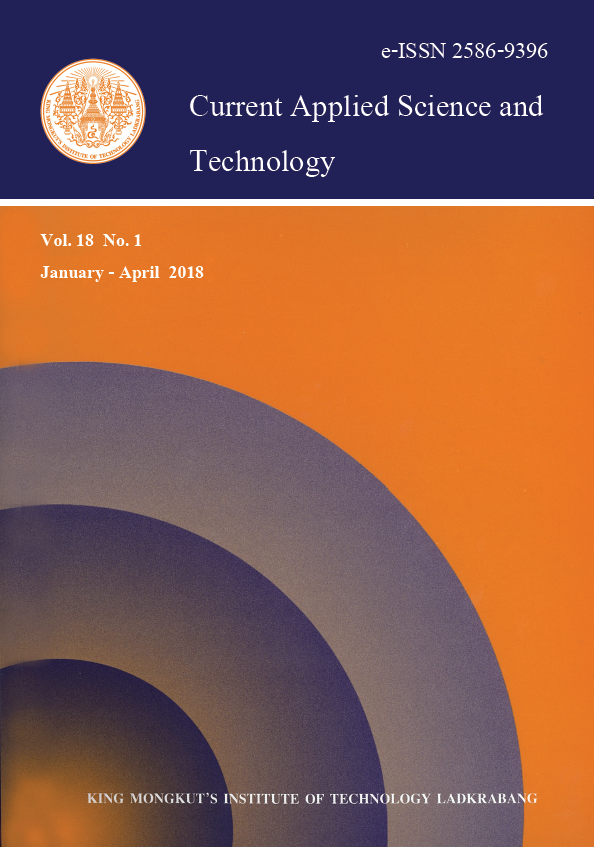Chocolate chip cookies are classified as a medium to high glycemic index food (60-75). Thus, the objective of this study was to develop low glycemic index-high fiber chocolate cookies by using low glycemic index-high fiber (LGI-HF) rice flour. The LGI-HF rice flour was produced from two- year storage amylose rice by enzymatically and physical modification. The LGI-HF rice flour had 12.61, 50.45 and 30.66 % of moisture content, degree of crystallinity, resistant starch content and 54.67 of estimated glycemic index, respectively. The LGI-HF rice flour was applied in the cookies formulation at 0, 5, 10, 15 and 20 % substituted for wheat flour. The result showed that 20 % of LGI-HF rice flour substitute of wheat flour was higher on total acceptance score by 30 panelists than the control cookies which contained 14.03, 5.99, 21.94, 1.55, 10.31, and 11.67 % of moisture, protein, fat, ash, fiber, carbohydrate and resistant starch content, respectively. An estimate glycemic index of the developed cookies was lower (60.63) than the control (72.01). Consumers test revealed that 99 % of the consumers accepted and decided to buy the developed chocolate chip cookies with 30 Baht per 100 grams.
Keywords: modified rice flour, glycemic index food, wheat flour
*Corresponding author: Tel.: 066 838 657 722 Fax: 066 54 342 553
E-mail: jiratawan@gmail.com
Parinya, T. ., Phomphang, U. ., Deesnam, N. ., & Pongjanta*, J. . (2018). Physicochemical Properties of Low Glycemic Index-High Fiber Rice Flour from Storage Rice Grain and Application on Chocolate Chip Cookies as Substitute for Wheat Flour. CURRENT APPLIED SCIENCE AND TECHNOLOGY, 1-11.

https://cast.kmitl.ac.th/articles/127952